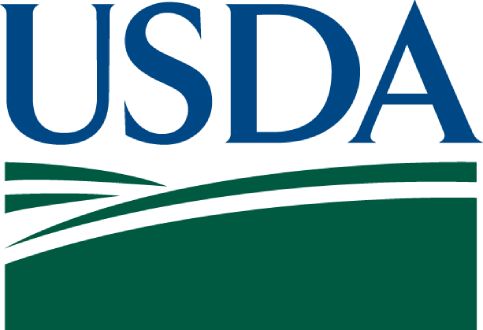Direct Certification in the National School Lunch Program: State Implementation Progress, School Year 2014-2015

This report responds to the legislative requirement of the Food, Conservation, and Energy Act of 2008 (Public Law 110-234) to assess the effectiveness of State and local efforts to directly certify children for free school meals under the National School Lunch Program (NSLP). Direct certification is a process conducted by the States and by local educational agencies (LEAs) to certify certain children for free school meals without the need for household applications. The Child Nutrition and WIC Reauthorization Act of 2004 (WIC is the Special Supplemental Nutrition Program for Women, Infants, and Children) required all LEAs to establish, by school year (SY) 2008–2009, a system of direct certification of children from households that receive Supplemental Nutrition Assistance Program (SNAP) benefits. The Healthy, Hunger-Free Kids Act of 2010 (HHFKA) requires that States meet certain direct certification performance targets. Beginning in SY 2013–2014, States that fail to achieve a direct certification rate of at least 95 percent are required to develop and implement continuous improvement plans.
Ninety-five percent of LEAs that participate in the NSLP directly certified some SNAP participants and other categorically eligible students in SY 2014–2015. These LEAs enroll 99 percent of all students in schools that participate in the NSLP. This is an increase from SY 2004–2005, when 56 percent of LEAs, enrolling 77 percent of all students in NSLP schools, directly certified some categorically eligible students.
The number of school-age SNAP participants directly certified for free school meals, including those in schools participating in the Community Eligibility Provision (CEP) and those in other special provision schools in a non-base year, was 13.8 million for SY 2014–2015, an increase of 3.8 percent from SY 2013–2014. This is the second year the methodology for calculating the direct certification performance rate made use of data elements collected in the Verification Collection Report (FNS-742) and the Direct Certification Rate Data Element Report (FNS-834). Therefore, direct certification performance rates presented in this report are not directly comparable to those in reports from prior years.
The results of the analysis in this report indicate that 91 percent of children in SNAP households were directly certified for free school meals. Twenty-four States achieved the HHFKA-mandated performance target of 95 percent, and no States had a direct certification rate lower than 60 percent.
How do you apply evidence?
Take our quick four-question survey to help us curate evidence and insights that serve you.
Take our survey
